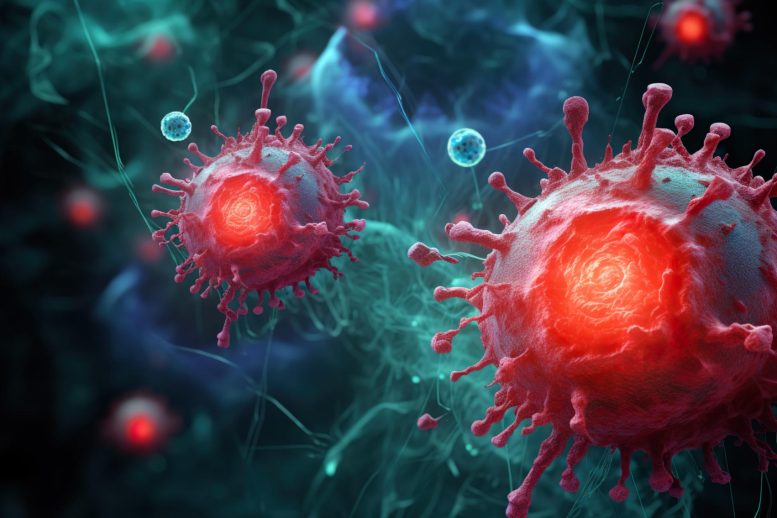
Researchers have discovered that the chikungunya virus can transmit directly from one cell to another through structures called intercellular long extensions (ILEs). This discovery may explain the virus’s resilience against antibodies and could pave the way for new treatments.
The virus restructures infected cells to protect against antibody attacks.
Scientists at the Albert Einstein College of Medicine have discovered that the virus causing chikungunya fever can spread directly from cell to cell—perhaps solving the longstanding mystery of how the virus, now emerging as a major health threat, can manage to escape antibodies circulating in the bloodstream.
The findings, recently published in the journal Nature Microbiology, suggest potential pathways for the creation of vaccines or treatments against chikungunya fever, a debilitating and increasingly common mosquito-borne disease.
A Possible Explanation for Prolonged Infections
“Previously, chikungunya virus was thought to spread in the body by infecting a cell, replicating within that cell, and then sending new copies of the virus into the bloodstream that then infect new cells,” said study leader Margaret Kielian, Ph.D., professor of cell biology and the Samuel H. Golding Chair in Microbiology at Einstein.
“However, we’ve found that the virus can also hijack a host cell’s cytoskeleton—the proteins that support cells and maintain their shape. The virus causes the infected cell to send out long thin extensions that make contact with uninfected neighboring cells, enabling the virus to safely and efficiently travel from one cell to another.”
Dr. Kielian and her colleagues have named these virus-induced structures intercellular long extensions, or ILEs. “This mode of viral transmission may not only shield some copies of the virus from the host’s immune response, but it may also explain why symptoms of chikungunya infection can persist for many months or years,” added first author Peiqi Yin, Ph.D., a postdoctoral fellow in Dr. Kielian’s lab.
In addition to fever, chikungunya infections often lead to chronic and debilitating arthritis. The virus is spread to humans by the bite of infected mosquitoes, which become infected by feeding on people who already have the virus. Over the past 15 years, chikungunya virus has become an important and increasingly widespread human pathogen. Multiple outbreaks have caused millions of human infections in numerous areas including the Americas, Africa, Asia, Europe, and the Caribbean. The National Institute of Allergy and Infectious Diseases lists chikungunya virus as a Category B Pathogen, the second-highest priority for organisms posing threats to national security and public health.
Confirming a Cell Structure’s Role
Dr. Kielian and colleagues discovered the presence of ILEs in chikungunya-infected cells several years ago, but it wasn’t clear whether the structures facilitated cell-to-cell viral transmission. The study described in the Nature Microbiology paper was designed to answer that question.
The first part of the study involved the use of cultured mouse cells. The researchers exposed the cells to chikungunya virus that expressed a fluorescent reporter protein, allowing them to observe that infectious virus particles were indeed being transmitted from cell to cell via ILEs. Cell-to-cell transmission occurred even in the presence of high quantities of neutralizing antibodies that were added to the culture medium.
To confirm this mode of cell-to-cell transmission in living animals, the researchers studied chikungunya infection in mice. Mice that were first inoculated with neutralizing antibodies and were then directly injected with chikungunya virus did not become infected. However, antibody-treated mice that were then injected with virus-infected cells (rather than just the virus) did develop chikungunya infections that were resistant to the neutralizing antibodies.
“Together, these studies show that ILEs shield chikungunya virus from neutralizing antibodies and promote intercellular virus transmission, both in vitro and in vivo,” said Dr. Yin. The mouse studies were conducted by Thomas E. Morrison, Ph.D., and his group at the University of Colorado School of Medicine in Aurora.
Short-Circuiting the Connections
In a final set of studies, the researchers determined that certain antiviral antibodies were able to block ILEs from forming and to prevent cell-to-cell transmission. “If we can generate the production of such antibodies in human patients, or develop other methods to stop ILE formation, that could be especially helpful in combatting the chronic symptoms of chikungunya infection,” said Dr. Kielian. “We’re currently studying different ways to do this.”
Reference: “Chikungunya virus cell-to-cell transmission is mediated by intercellular extensions in vitro and in vivo” by Peiqi Yin, Bennett J. Davenport, Judy J. Wan, Arthur S. Kim, Michael S. Diamond, Brian C. Ware, Karen Tong, Thérèse Couderc, Marc Lecuit, Jonathan R. Lai, Thomas E. Morrison and Margaret Kielian, 17 August 2023, Nature Microbiology.
DOI: 10.1038/s41564-023-01449-0
The research was supported by grants from the National Institutes of Health and by an NCI Cancer Center Support Grant.
Competing interests: Dr. Lai is a paid consultant for Celdara Medical, LLC. Dr. Diamond is a consultant for Inbios, Vir Biotechnology, Senda Biosciences, Ocugen, Moderna, and Immunome. The Diamond laboratory has received unrelated funding support in sponsored research agreements from Vir Biotechnology, Moderna, Generate Biomedicine, and Emergent BioSolutions. The other authors declare no competing interests.

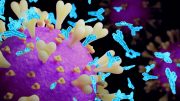

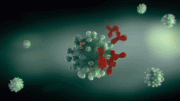
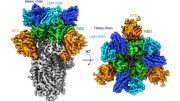
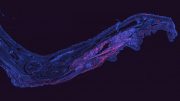
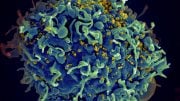
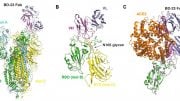

Be the first to comment on "Chikungunya Virus’s “Invisibility Shield” Uncovered – New Findings May Lead to Vaccines or Treatments"